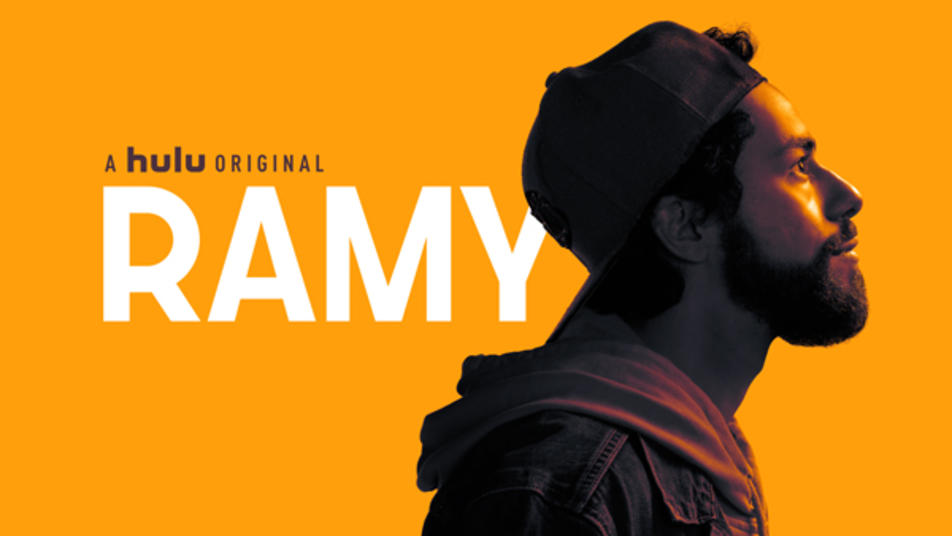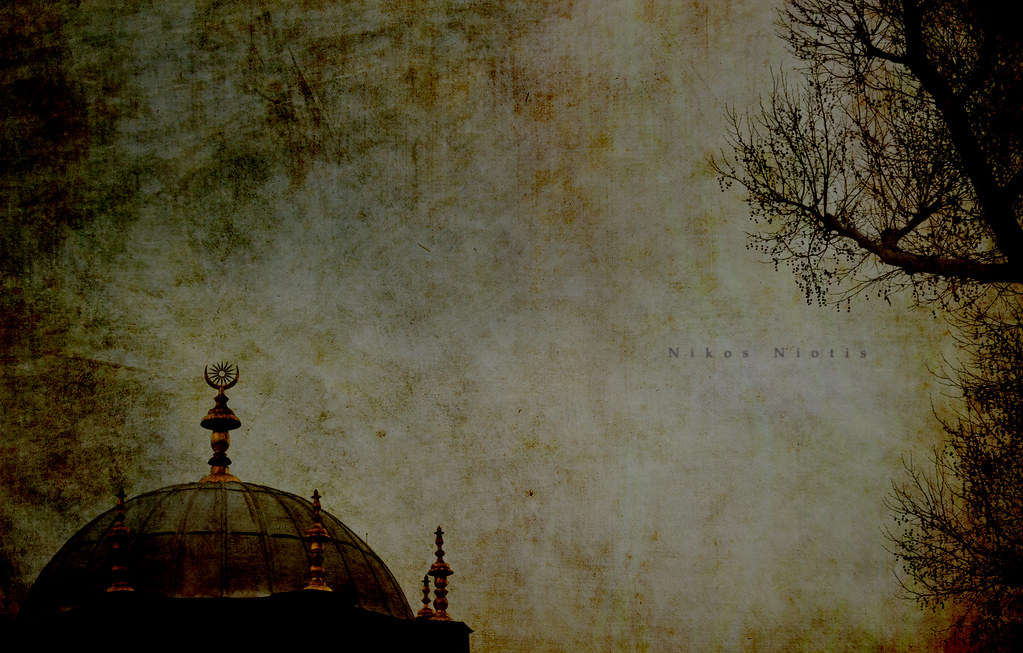As Ayse Onal’s intensely disturbing book Honour Killing: Stories of Men Who Killed shows, honor killings are not merely a feminist issue. They reflect a larger problem with human social values, where men and women collude to defend a family’s honor. And through her interviews, Onal finds that the killer is often just as much a victim as the female he killed.
The recent murder of Aasiya Zubair brought the subject of honor killings to the fore of many people’s minds. Whereas the phenomenon was familiar to most prior to this incident, the debate over whether her death was the result of domestic violence or honor killing put the discussion into sharper focus. One book that helps define the differentiating characteristics of honor killings is journalist Ayse Onal’s Honour Killing: Stories of Men Who Killed.
In this book, Onal digs deep into the murderer’s psyche to uncover what really motivates honor killings. She visits 10 prisons throughout Turkey to interview a series of honor killers and hear their stories. Although the cases she describes are all Turkish, honor killings occur across the world, including in the United States. They tend to occur in places where there are tightly bound families, cut off from the general society and driven by an extreme conservatism – the type of conservatism that makes a family feel that its honor has been slighted by even a hint of perceived immodesty by its female members.
Through her interviews, Onal finds that the killer is often just as much a victim as the female he killed. Many of the men Onal interviews for her book are repulsed by their actions but cannot understand what else they could have done, given the overwhelming pressure imposed on them by their communities.
Prior to Onal’s work, the coverage of honor killings tended to be on one side or the other. News in Turkey many times depicted the killers as heroes, whereas women’s rights groups and post-9/11 commentators on extremists tended to demonize them. Indeed, it may seem strange to many readers that Onal focuses on the killers’ feelings and concerns, as the natural inclination is to deny the murderers’ humanity.
However, Onal felt that both approaches were lacking; that there was something more to the story. She by no means attempts to validate the killers’ behavior and instead walks the fine line of explaining without justifying. Her aim in the book is to show the true cost of honor killings and reveal just how many, and how deeply, lives are ruined by it.
Onal’s stories are intensely disturbing. At the core, they are the same, though the targeted female’s perceived impropriety ranges from having an extramarital or premarital affair to merely being the victim of a fortune-teller’s incorrect omen. In a number of cases, an autopsy of the dead woman reveals her virginity, showing just how little a woman has to do before she finds herself facing the barrel of a gun. No real evidence is needed (not that any evidence would justify the killing); baseless suspicion is enough.
As the stories weave into each other, a larger narrative unfolds, one that reveals the darkest, ugliest depths of the human mind. The slightest incident, such as a woman seen laughing with a man in the public square, arouses the neighborhood’s suspicions. Once aroused, they ignite a fire that cannot be quenched till the woman is dead. The psychological drama is of epic proportions.
Consider, for example, the case of Murat, who killed his mother because she was having an affair. When the community is abuzz with this gossip, his uncle begins to push Murat to commit matricide in order to protect the family’s honor. Murat is deeply torn but is able to resist – that is, until the woman he loves tells him that her family would never give her to him because they feel that his mother is a “bad woman”. Right before the murder, he stays up all night, pacing the streets. Mentally tortured, he returns home at dawn, picks up his father’s gun, and shoots his mother three times.
After he is imprisoned, the very people who incited him to murder, shun him. As Onal’s stories reveal, in most cases, those who push the man to murder quickly turn their backs on them when the murder is done. The murderer is left to torment himself with guilt and regrets; as Murat tells Onal, “You too die with the person you kill.”
As Murat’s story shows, honor killings are not merely a feminist issue. They reflect a larger problem with human social values, where men and women collude to defend a family’s honor. Unlike domestic violence, honor killings arise out of broader social pressure, imposed by men and women on a male member of the family – usually the youngest male on the grounds that he will receive a lighter sentence. Compelled by this overwhelming pressure, only to later be abandoned, the killer, too, becomes a victim of this perverse system. As Onal writes in the book’s afterword, “It cannot be said that the fate of Haci, who keeps a photograph of the younger sister he killed in his shirt pocket and cries every time he looks at it, is any less of a tragedy than the fate of the murdered girl herself.”
Asma T. Uddin is Editor-in-Chief of Altmuslimah




